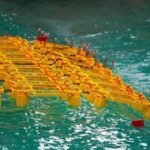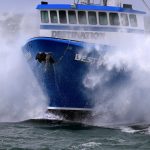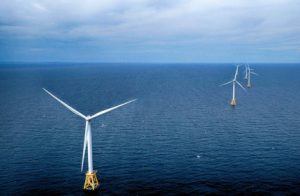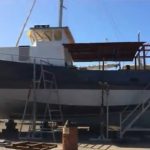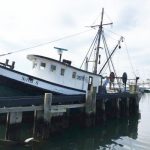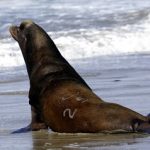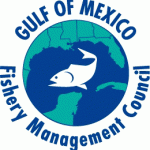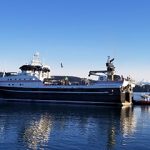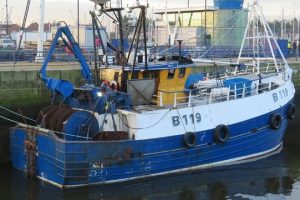Tag Archives: Pacific Balance Pinniped Society
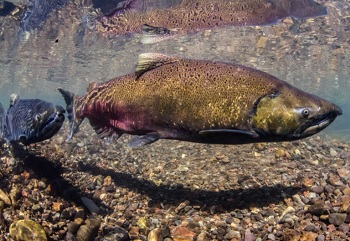
Pacific salmon recovery report gives 32 recommendations to reverse declines
Wild salmon stocks are being affected by a range of impacts throughout their life cycle, which span from freshwater streams and rivers, to coastal ‘foreshore’ areas and deepwater marine environments, per the report. These threats include habitat degradation, impacts of flood control measures, predation, fishing activity, and threats of disease from fish farms. Based on these findings, the committee provided 32 recommendations to reverse salmon declines, which one witness, Richard Beamish, Scientist Emeritus at DFO’s Pacific Biological Station in Nanaimo, calls the “international Pacific salmon emergency.” >click to read< 07:58
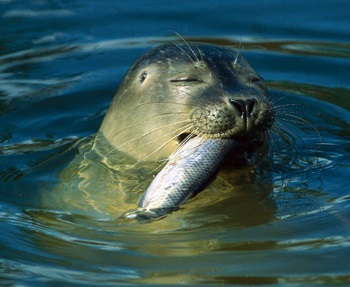
What Would a British Columbia Seal and Sea Lion Cull Actually Entail?
Cast an eye upon Canada’s Pacific coast and it shouldn’t take long to spot its most ubiquitous marine mammal, the harbor seal. At least 100,000 are thought to occupy the coves and nearshore waters along British Columbia’s coast. You may view seals with wonder, as evidence of a productive marine ecosystem on the doorstep of civilization. Or, just as easily, as a ravenous predator gobbling up the same fish populations sought by humans. Enter a divisive proposal to cull the seals and sea lions. Enough time has been spent studying the species’ impact on fish stocks, advocates of the cull say: it’s time to cut them back. >click to read< 11:42
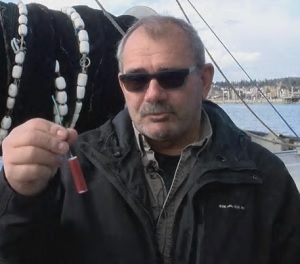
B.C. Herring fisherman charged with tossing a ‘bear banger’ to disperse group of sea lions last year
Herring fisherman Allen Marsden is facing three counts under the Fisheries Act and Explosives Act for tossing a small, explosive device known as a “bear banger” from his boat toward the crowd of animals on March 4, 2019. Fishers and Oceans Canada (DFO) confirmed the charges Wednesday but declined to comment further.,,, “We’re not out there trying to kill the sea lions. We’re not out there looking for sea lions. We’d rather if they weren’t here,” said Marsden. Marsden added the explosive was needed to ensure the safety of fishermen. He said he’d personally been bitten in the past. Video, (I cheered!) >click to read< 17:50
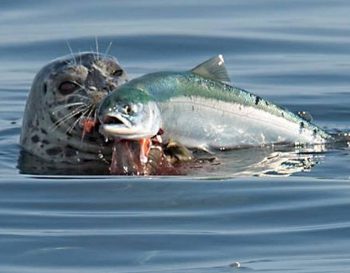
Salmon are going the way of the buffalo! West coast group campaigns for seal, sea lion harvest
A group lobbying for a commercial harvest of harbor seals and sea lions on the West Coast is encouraged after meeting with federal fisheries officials. Richmond-based Pacific Balance Pinniped Society is pressing Fisheries and Oceans Canada (DFO) to consider a managed Indigenous fishery for seals and sea lions. Society members are convinced that a pinniped explosion is a contributing factor to declining populations of wild salmon and other finfish along the B.C. coast. “Our salmon are going and will go the way of the buffalo unless we do something,” said Thomas Sewid, founder of the society. “It’s not just fish, it’s a way of life.” >click to read<12:32
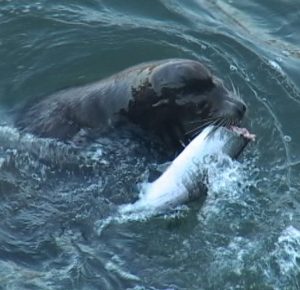
Solution to deal with B.C.’s sea lion surplus? Harvest them, group suggests
Sea lion populations have been on the rise for years and wreaking havoc on commercial fishermen’s catches and equipment, according to the Pacific Balance Pinniped Society. Adult male California sea lions can grow to as big as 800 pounds and consume massive quantities of fish as they grow. “Out in the waters and in our rivers, the pinniped populations have just exploded and we know they’re targeting mainly salmon, steelhead, trout and other fin fish species,” said Thomas Sewid. He believes seals and sea lions are over-abundant in B.C. waters and is spearheading a solution to deal with them. “Not just the natives want to start harvesting pinnipeds,” said Sewid. “This is an industry that can explode throughout coastal British Columbia.” >click to read<21:08

Pacific Balance Pinniped Society says halving seal numbers would mean more salmon for endangered orcas
There are more than 100,000 seals in B.C. waters, along with tens of thousands of sea lions. Pearce said the quickest way to reverse declining salmon numbers is to kill tens of thousands of them, reducing their numbers by 50 per cent. But that’s where the debate gets as murky as the waters of the Fraser. He cites a study that concludes pinnipeds are eating more than 600 metric tons of chinook salmon every year in Washington state waters alone. That adds up to millions of fish that could be harvested by humans, set aside for killer whales, or allowed to spawn. Earlier this year, lawmakers in the U.S. approved an expansion of an ongoing cull of sea lions that prey on salmon and steelhead in West Coast rivers. >click to read<16:42


































